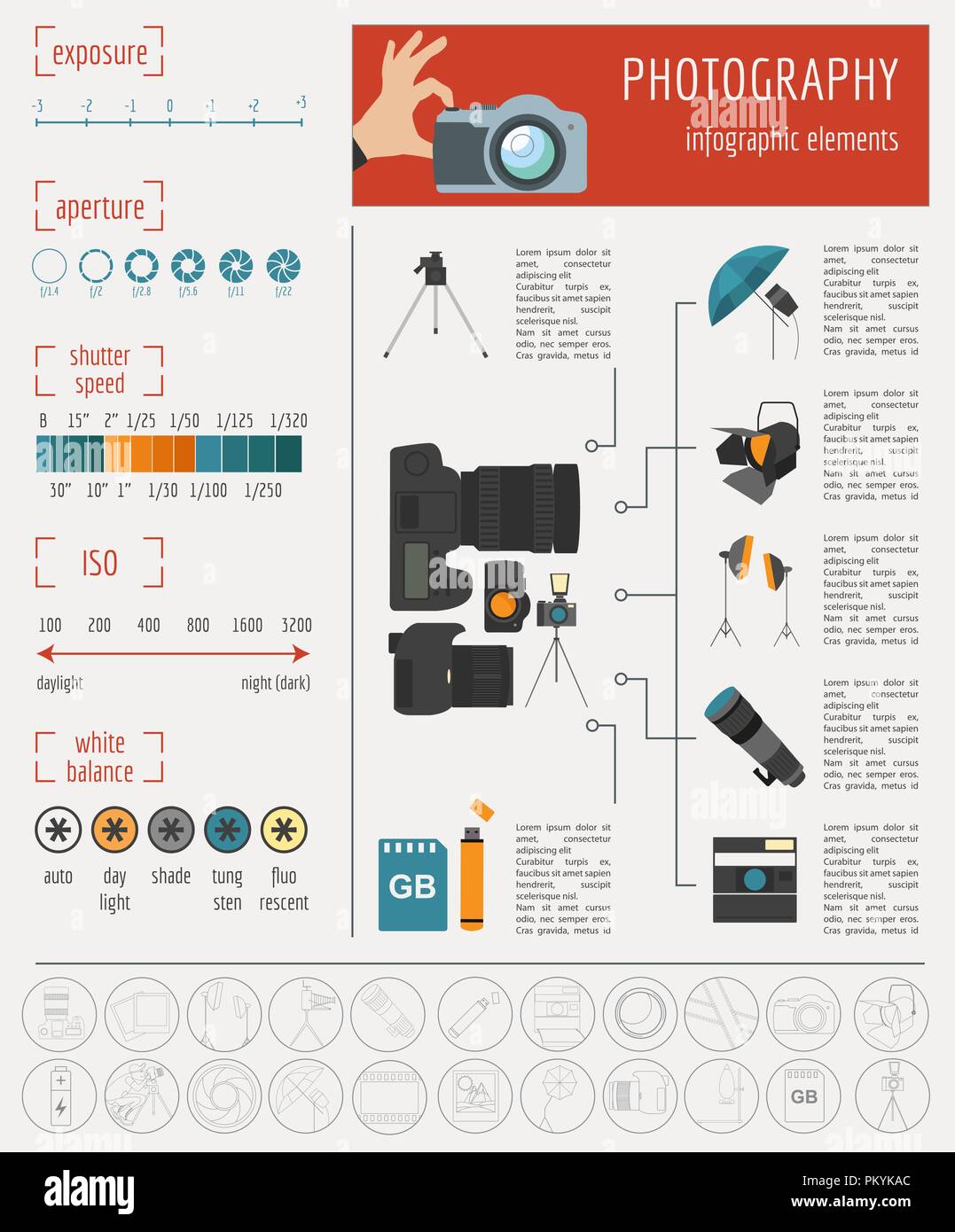Photography Tips For Beginners: Understanding Your Video Camera In No Time At All
Photography Tips For Beginners: Understanding Your Video Camera In No Time At All
Blog Article
Material By-Lyons Bryant
When you first pick up your camera, it can feel frustrating with all the setups and alternatives available. You may find yourself questioning just how to browse aperture, shutter speed, and ISO successfully. Mastering these principles is essential, however there's even more to photography than just technical knowledge. Recognizing composition methods and illumination conditions can raise your pictures considerably. So, what happens if you could find out basic techniques to enhance your skills and begin recording excellent images sooner than you assume? Let's discover exactly how to change your digital photography trip.
Understanding Electronic Camera Setups
Recognizing your cam setups is critical for recording sensational photos. When you grab your camera, familiarize on your own with the 3 main setups: aperture, shutter speed, and ISO. Each plays a vital role in just how your images end up.
Begin with aperture, which controls the quantity of light going into the lens. A broader aperture (reduced f-number) allows extra light and develops a lovely history blur, excellent for pictures. On the other hand, a narrower aperture (higher f-number) maintains more of the scene in emphasis, perfect for landscapes.
Next, concentrate on shutter rate. visit this backlink determines the length of time your video camera's sensor is exposed to light. A rapid shutter rate freezes motion, which is great for activity shots, while a sluggish shutter speed can create magnificent impacts like smooth water in landscapes.
Last but not least, change your ISO. This setting influences your camera's sensitivity to light. A greater ISO is useful in low-light situations yet can present noise or grain. Go for the lowest ISO possible while still attaining appropriate direct exposure.
Composition Strategies
When you're out capturing, structure can make all the distinction in exactly how your images resonate with viewers. Beginning by utilizing the guideline of thirds; envision your frame separated into 9 equivalent sections with two straight and two vertical lines. Position key elements along these lines or at their junctions to create equilibrium and rate of interest.
Next off, think about leading lines. These all-natural lines in your scene, like roadways or rivers, draw the viewer's eye right into the photograph, assisting them through the tale you're telling.
Do not forget mounting; usage components within your scene, like trees or windows, to develop a framework around your topic, including depth and emphasis.
Likewise, watch on your history. A cluttered background can sidetrack from your primary topic, while a straightforward one assists it stand out.
Lastly, experiment with symmetry and patterns; they can develop a striking image that captures interest.
Learning Lights Conditions
Understanding lights conditions is essential for catching sensational photographs, as the ideal light can change a normal scene into something phenomenal.
Begin by observing all-natural light at different times of the day. Early mornings and late afternoons supply the very best light, called the golden hour. The soft, warm tones during these times can boost your pictures perfectly.
Don't avoid overcast days either; diffused light can minimize rough darkness and create a pleasing impact, specifically for pictures.
Explore backlighting by positioning your topic versus the source of light. This method can develop a fanciful halo effect and include deepness to your photos.
Take note of your electronic camera settings also. Change the ISO, aperture, and shutter speed to fit the illumination conditions. A higher ISO can help in low light, however be cautious of grain.
Make use of a tripod in darker settings to avoid blur.
Lastly, don't neglect synthetic lights. Flash and continuous lights can be terrific devices for managing light in difficult conditions.
Final thought
In conclusion, mastering your electronic camera doesn't have to be overwhelming. By recognizing your setups, applying structure strategies, and taking advantage of the power of natural light, you'll rapidly boost your photography abilities. Bear in mind, practice makes best, so venture out there and try out your newfound expertise. With time and commitment, you'll be catching sensational images that mirror your special point of view. Enjoy the trip, and don't fail to remember to have a good time while you go to it!
